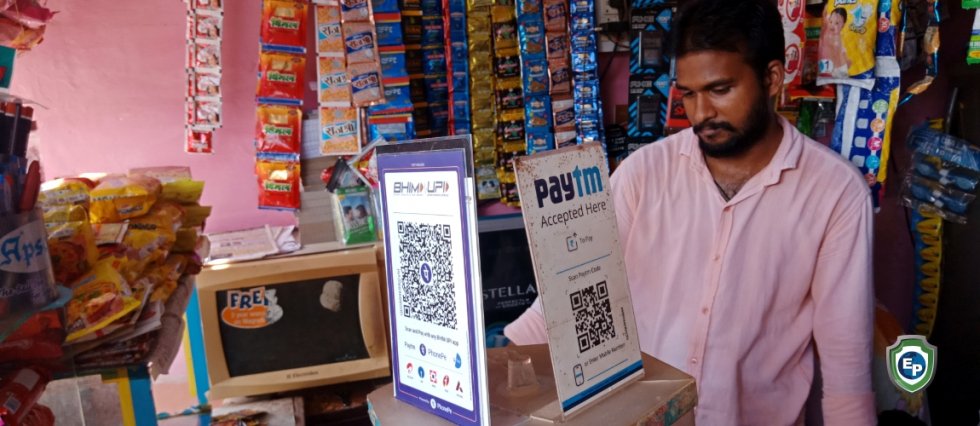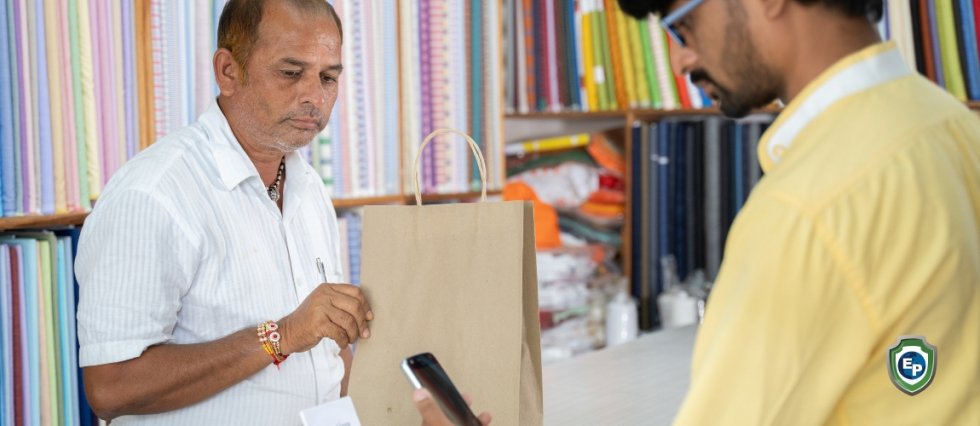The future of digital payments in India
More and more people in India are starting to prefer digital payment methods over cash. So what does the future of digital payments look like in India? Read our blog to find out.

Digital payment is becoming more and more widespread in India. In 2019, around 1.22 billion transactions were happening on NPCI’s Unified Payment Interface (UPI) platform each month. Moreover, India already has over 45 mobile wallet providers and 50 UPI-based mobile wallet providers, making it an ideal location for the rise of more advanced modes of digital payment.
India’s demonetization policy has played a significant role in the country’s journey towards becoming a cashless economy. Back in 2016, this policy was a push from the government to turn India into a cashless economy. It started with the demonetization of high denomination currency, which severely affected the trading activities of SMEs as many still preferred to carry out their transactions using cash. However, consumers gradually began to adjust and adopted alternative modes of payment.
With the rise of FinTech, the growth of the payment industry has seen many innovative solutions and ways to transact digitally. Innovations such as NFC payments, UPI, FASTags, QR codes, and interoperable digital wallets make the Indian digital payment industry appear highly promising.

Today, over 60% of Indians use mobile and online banking for financial transactions, mainly thanks to Internet penetration. Furthermore, increased mobile penetration and a robust digital payment infrastructure will allow for the continuous expansion of digitization and digital payment. In fact, around 66.6 billion transactions worth $270.7 billion will likely shift from cash to cards by 2023 and increase to $856.6 billion by 2030. This shift will require banks and non-bank payment service providers to modernize and improve their digital payment systems.
The future of digital payments in India will only get more advanced. A rise in contactless card payments is expected, as they are much faster and more secure than dipping a card. Biometric authentication may also gain popularity, eliminating the need to remember passwords or PINs before making transactions. Experts also predict that India will adopt face recognition payment technology in the near future to make payments possible without a mobile phone.
Because of the COVID-19 pandemic, more Indians are shifting toward digital payments, and financial inclusion has provided an opportunity for many to go cashless. However, the unbanked and under-banked population still offers the biggest opportunity for the growth of digital payment in the country.
Let Export Portal Help You
New to the world of trade? Then work with Export Portal to trade with verified companies and experts from all over the world!






Comments 0